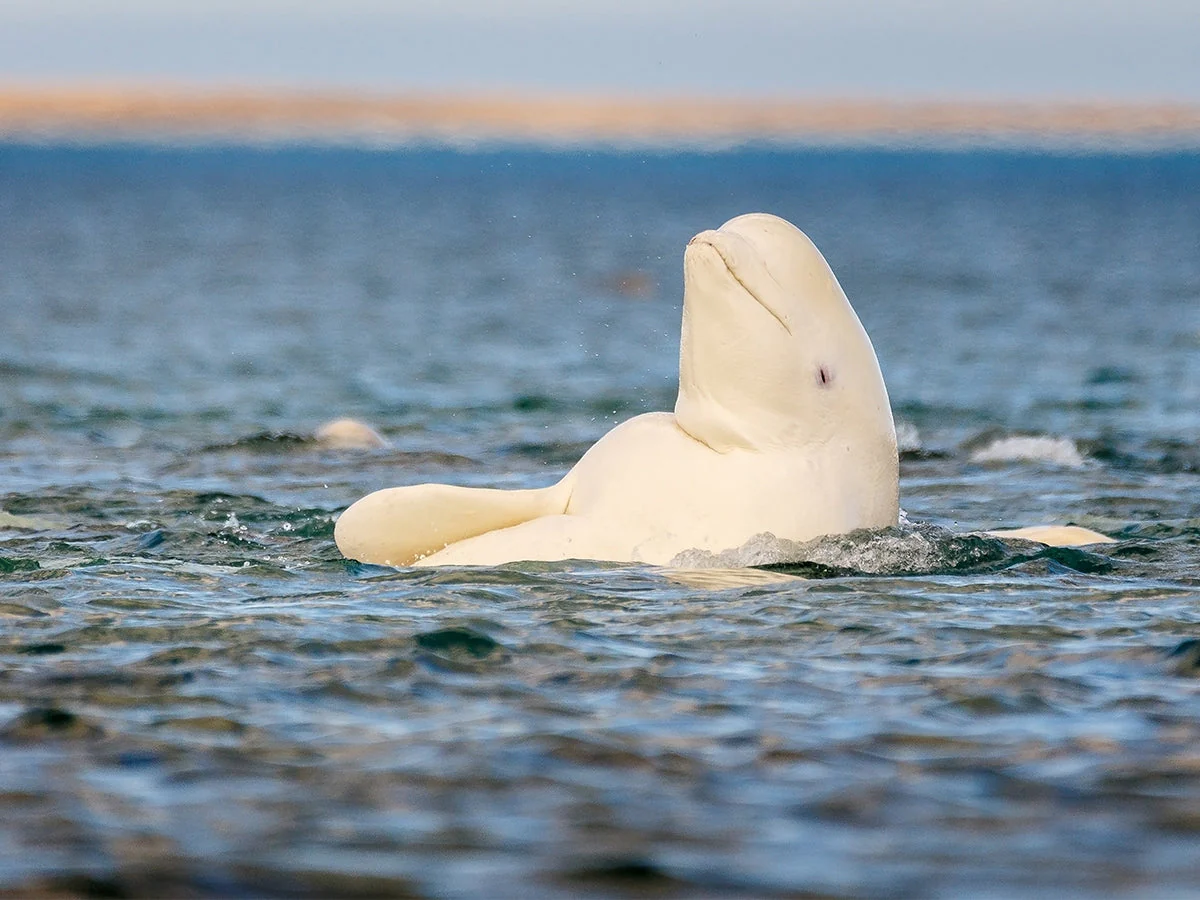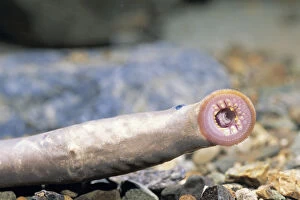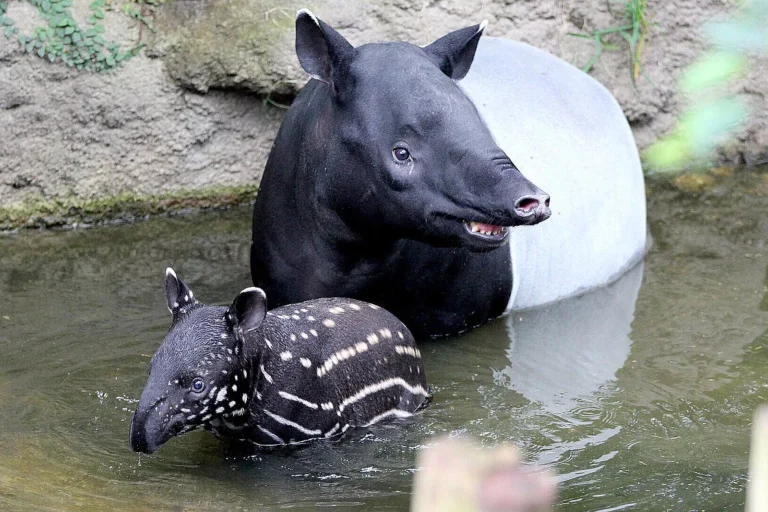Discovering the Buff Beluga Whale: Nature’s Marine Marvel
The ocean is home to a variety of fascinating creatures, but few capture our imagination quite like the buff beluga whale. With its distinctive coloration and playful demeanor, the buff beluga is not only a beautiful animal but also an important species in understanding marine ecosystems. In this blog, we’ll explore the characteristics, behavior, and conservation status of the buff beluga whale, shedding light on why this remarkable marine mammal deserves our attention.
1. What is a Buff Beluga Whale?
The buff beluga whale, scientifically known as Delphinapterus leucas, is a member of the cetacean family and is well-known for its unique coloration. While most belugas are white, the buff variety exhibits a beautiful creamy yellow to light brown hue, particularly as they age. This coloration serves as an adaptation to their Arctic and sub-Arctic habitats, helping them blend into their surroundings, especially in ice-covered waters.
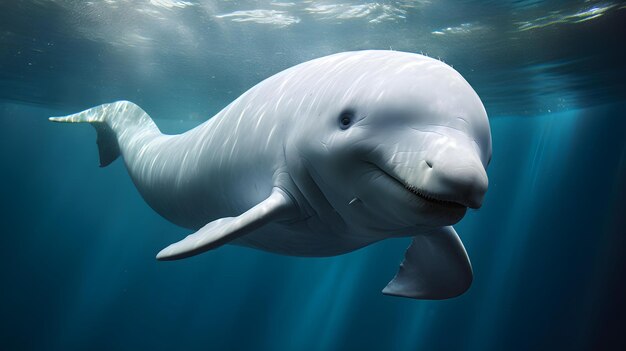
2. Characteristics and Behavior
Buff beluga whales are known for their intelligence and social nature. They are highly vocal, producing a range of sounds including clicks, whistles, and chirps. These sounds facilitate communication within pods, which can consist of up to 20 individuals. Their playful behavior is often showcased through acrobatics, such as breaching and slapping the water with their flukes, making them a joy to observe.
Moreover, these whales are known for their migratory patterns, often traveling long distances to find food and suitable breeding grounds. They primarily feed on fish, crustaceans, and other marine invertebrates, utilizing echolocation to locate their prey in the murky waters of their habitat.
3. Habitat and Range
Buff beluga whales inhabit cold waters, primarily found in the Arctic and sub-Arctic regions, including areas around Alaska, Canada, and Greenland. They are often seen in shallow coastal areas, estuaries, and river mouths, where they seek out rich feeding grounds. As climate change impacts their habitat, these whales are increasingly vulnerable to changing ice conditions and pollution.
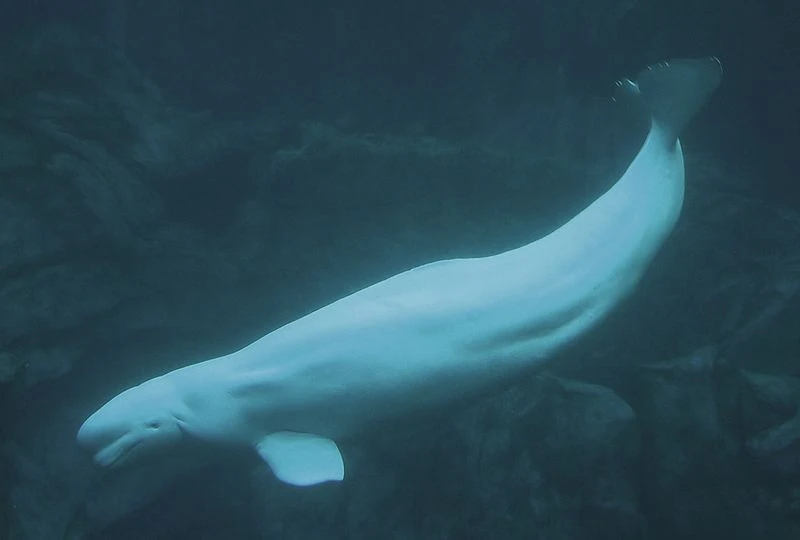
4. Conservation Status
The buff beluga whale faces several threats, including climate change, habitat loss, and human activities such as shipping and oil drilling. Additionally, pollution and noise from maritime activities can disrupt their communication and feeding patterns. Conservation efforts are crucial to ensuring the survival of this remarkable species.
Organizations and researchers are working to monitor populations, protect critical habitats, and raise awareness about the importance of preserving marine ecosystems. Community involvement and responsible tourism practices also play a vital role in protecting these gentle giants.
5. How You Can Help
To support the conservation of buff beluga whales, consider the following actions:
- Educate: Learn more about marine life and share your knowledge with others.
- Reduce Plastic Use: Minimize plastic waste to help protect ocean habitats.
- Support Conservation Organizations: Contribute to or volunteer with organizations dedicated to marine wildlife preservation.
- Practice Responsible Tourism: If you are lucky enough to see these whales in the wild, always respect their space and follow guidelines for wildlife viewing.
Final Thoughts
The buff beluga whale is a fascinating and vital component of our ocean ecosystems. By understanding their behavior, habitat, and the challenges they face, we can take meaningful steps to ensure their protection. The beauty of these whales is not only in their striking appearance but also in their role in maintaining the health of our oceans. Let’s cherish and protect these marine marvels for generations to come.
